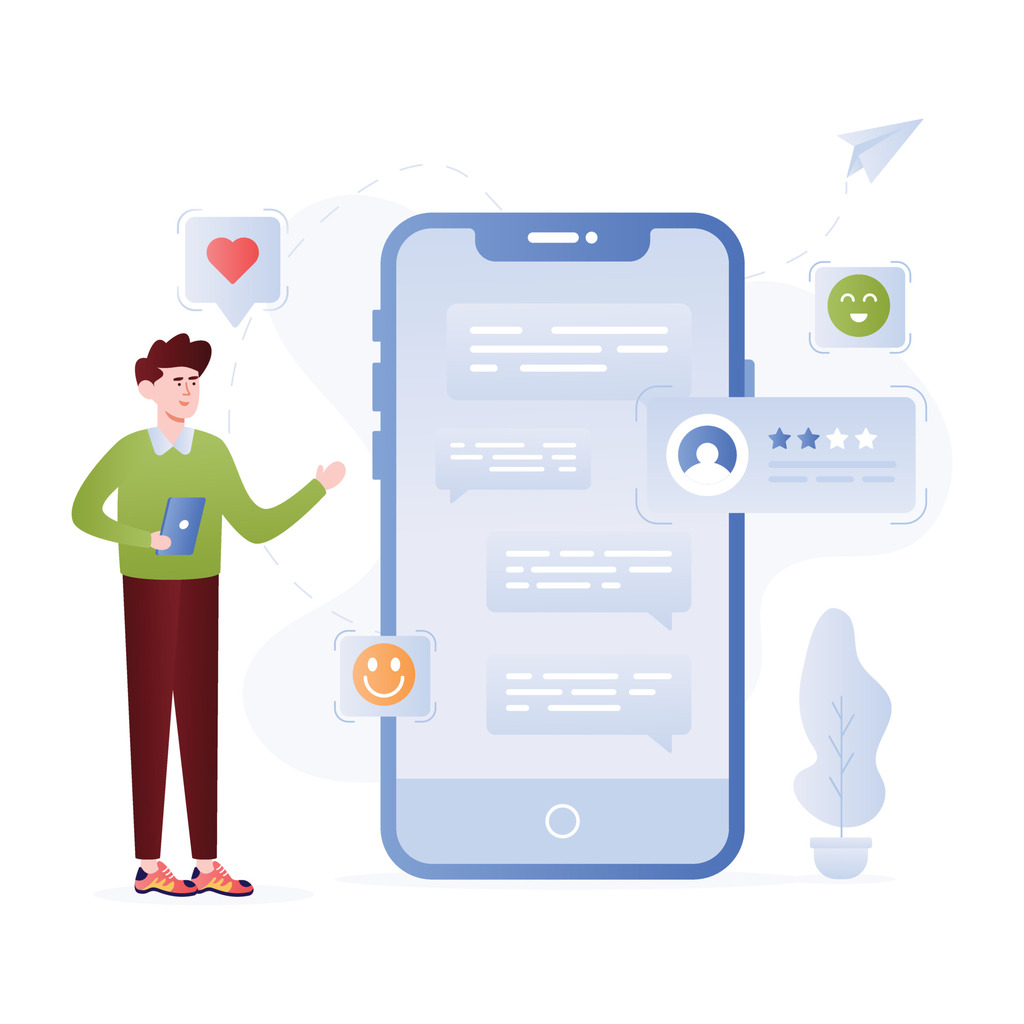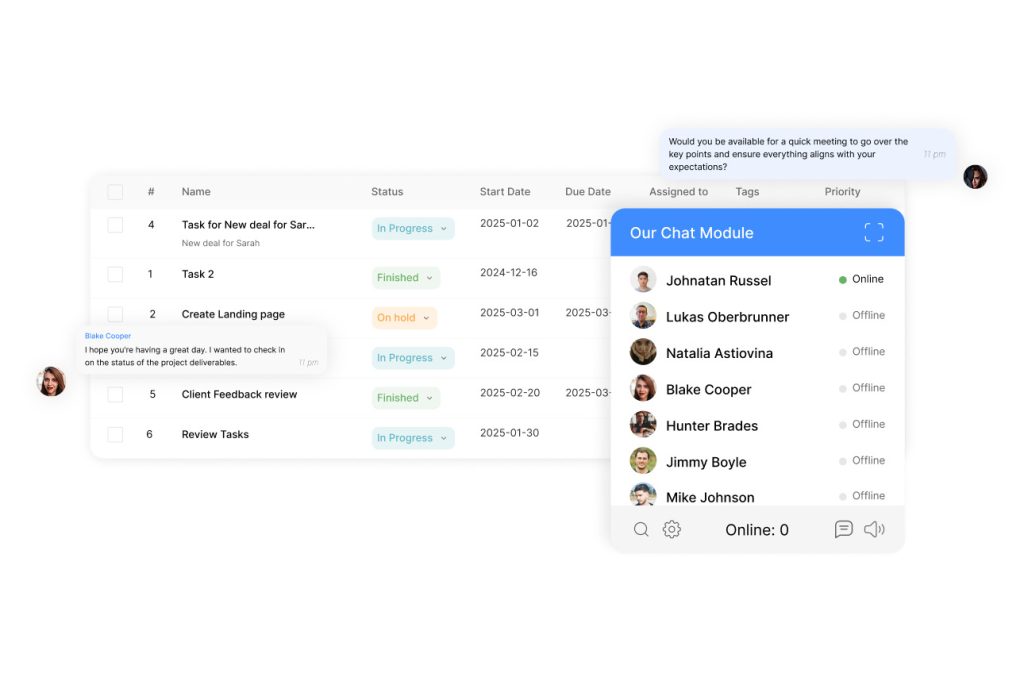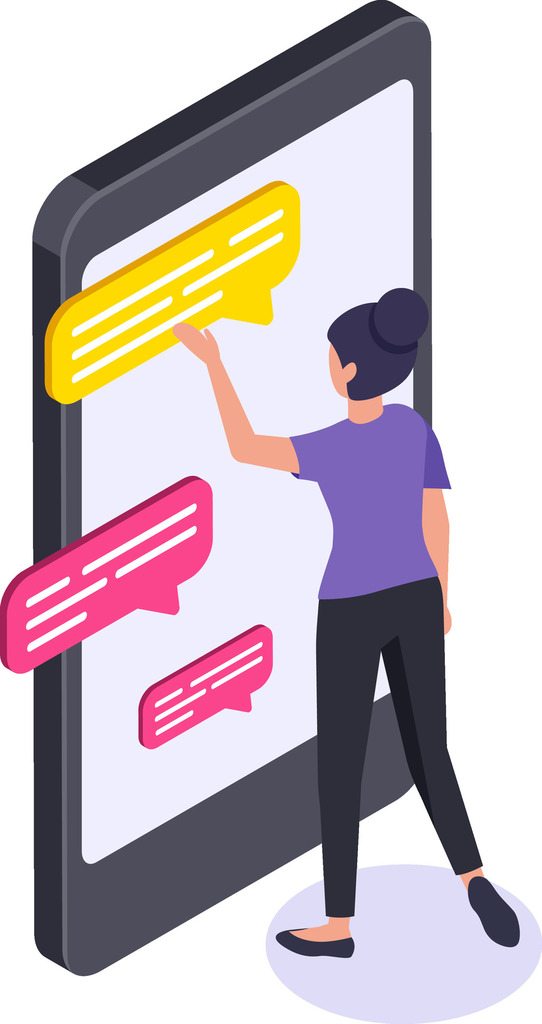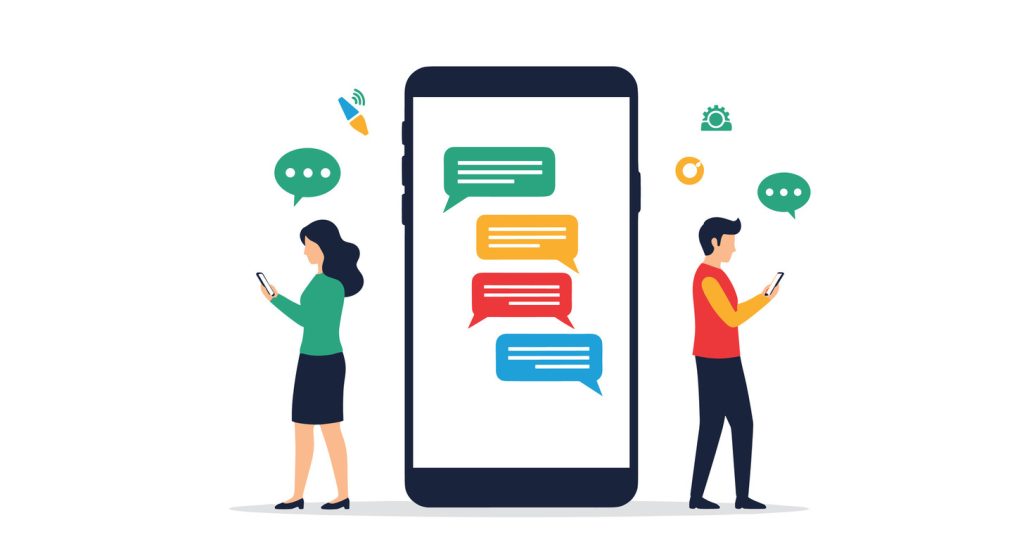In-App Chat: The Ultimate Guide for Businesses

Modern businesses need smarter ways to connect with their audiences. Integrated messaging systems have become a game-changer, enabling real-time conversations directly within apps. This guide explores how these tools drive user engagement while creating value for companies across industries.
From healthcare to gaming platforms, businesses use embedded communication features to streamline operations. These systems allow instant interactions between users or direct brand-to-customer exchanges. The flexibility makes them ideal for marketplaces, social communities, and other sectors prioritizing fast, meaningful connections.
Why does this matter? Companies adopting these solutions see stronger customer relationships and operational efficiency. The strategic advantage lies in keeping users engaged within the app environment – no need for external communication channels. This reduces friction and encourages repeat interactions.
Implementation varies by industry, but core benefits remain consistent. Decision-makers must evaluate technical requirements, scalability, and ROI potential. This guide provides actionable insights to help businesses choose the right approach for their unique needs.
Key Takeaways
- Embedded messaging drives user retention and operational efficiency
- Real-time capabilities support both peer-to-peer and business-to-user interactions
- Industry-specific implementations maximize relevance and impact
- Strategic adoption improves platform differentiation and customer loyalty
- Scalability planning ensures long-term success as user bases grow
Understanding In-App Chat
Digital platforms now prioritize seamless communication to enhance user experience. Embedded messaging systems have transformed from simple text boxes into multifunctional engagement engines. This evolution mirrors rising expectations for instant, context-aware interactions that add value without disrupting workflows.
Defining Modern Communication Features
Early messaging tools focused on basic text exchanges. Today’s systems support multimedia sharing, encrypted conversations, and AI-driven responses. These advancements enable businesses to maintain dialogue continuity while addressing security concerns and user preferences.
Messaging vs. External Alerts
Two primary channels dominate user outreach:
- Real-time messages appear during active app use, requiring no prior permissions
- Push alerts reach devices anytime but demand explicit user consent
Platforms using in-app messaging achieve 3x higher response rates compared to push notifications. The key advantage lies in delivering relevant content when audiences are most receptive. For example, a shopping app might suggest complementary products as users browse specific categories.
Effective strategies balance both methods. Push notifications excel at re-engaging dormant users, while embedded messages nurture active relationships. Businesses should tailor their approach based on behavioral data and interaction goals.
Benefits of In-App Chat for Businesses

Forward-thinking organizations are redefining customer interaction through embedded messaging solutions. These tools create value by merging communication with core platform functionality, driving measurable improvements across key metrics.
Strengthening Connections Through Personalization
Built-in messaging enables direct, context-aware conversations that build trust. A retail study shows platforms using segmentation see 42% higher repeat purchase rates. Features like behavioral triggers allow teams to:
- Deliver product suggestions during browsing sessions
- Resolve payment issues before cart abandonment
- Celebrate user milestones to boost loyalty
“Messaging that anticipates needs converts 3x faster than reactive support,” notes CX expert Mara Linfield.
Optimizing Journeys to Boost Outcomes
Strategic implementation directly impacts revenue streams. Platforms guiding users through complex processes via conversational interfaces report:
| Metric | Push Alerts | Embedded Messaging | |
|---|---|---|---|
| Conversion Lift | 12% | 18% | 34% |
| Support Resolution Time | 8h | 5h | 22m |
| Feature Adoption Rate | 27% | 31% | 63% |
This approach reduces friction points that traditionally lead to drop-offs. Users appreciate assistance that arrives within their workflow rather than disrupting it.
When businesses align messaging with journey stages, they enhance user experience while uncovering expansion opportunities. Analysis of interaction patterns reveals upsell potential 58% faster than traditional surveys.
Exploring In-App Chat Use Cases

Sector-specific solutions demonstrate how embedded messaging adapts to unique operational needs. These implementations reveal patterns of efficiency gains and improved user outcomes, proving their value beyond generic communication tools.
Digital Healthcare and Marketplace Applications
Healthcare platforms break geographical barriers through real-time consultations. Patients connect with specialists instantly, avoiding weeks-long waits. Secure systems handle prescriptions and medical records while meeting HIPAA standards. One platform reduced appointment no-shows by 37% using automated reminders within message threads.
Marketplaces transform casual conversations into closed deals. Sellers share product cards with pricing and specs directly in chat. Buyers negotiate terms and complete payments without switching screens. Trust-building features like verified reviews and escrow services enable high-value transactions. A furniture marketplace saw 28% faster sales cycles after introducing in-chat checkout.
Sports, Gaming, and Ed-Tech Innovations
Live sports apps keep fans engaged with real-time commentary during games. Users debate plays and predict outcomes, creating communal viewing experiences. Gaming platforms like Twitch integrate strategy discussions directly into streaming interfaces, boosting average session times by 41%.
Educational tools leverage messaging for collaborative learning. Instructors share multimedia resources and provide instant feedback. Study groups tackle complex problems through persistent chat rooms. “Students using chat-driven platforms show 19% higher retention rates,” observes ed-tech researcher Dr. Ellen Park.
“Embedded communication isn’t just convenient—it’s becoming the backbone of digital experiences.”
These cases prove tailored messaging systems drive measurable results. Businesses that align features with user workflows gain competitive advantages while deepening engagement.
Core Features and Capabilities
Effective user engagement hinges on versatile messaging features that adapt to diverse needs. Modern platforms combine foundational tools with advanced enhancements to create frictionless interactions. These systems balance accessibility with sophisticated functionality to serve both casual conversations and mission-critical exchanges.
Basic Functionality: Direct Messaging and Group Chats
Private direct messaging enables secure one-on-one conversations between users. Built-in search tools let participants quickly locate past discussions or shared files. For collaborative environments:
- Group channels organize discussions by topic or team
- File-sharing capabilities eliminate external storage needs
- Status indicators show real-time availability
Moderation tools help administrators maintain productive spaces. Granular controls allow message editing, deletion, or temporary suspensions for policy violations.
Advanced Engagement: Multimedia, Encryption, and Smart Replies
High-performing platforms integrate features that transform basic text exchanges into rich dialogues:
- Video conferencing supports complex decision-making
- End-to-end encryption protects sensitive data
- AI-powered suggestions accelerate response times
“Smart reply systems reduce typing effort by 40% while maintaining conversational authenticity,” reports tech analyst David Weller.
Read receipts and typing indicators create transparency in professional contexts. These features build trust by showing when messages get delivered and viewed.
Businesses prioritizing both foundational and advanced capabilities see 29% higher user retention. The optimal mix depends on audience needs – marketplaces might emphasize media sharing, while healthcare platforms prioritize security.
In-App Chat: Building In-House vs. Leveraging Third-Party Tools

Companies face a critical choice when adding communication tools: build custom systems or use specialized SDKs. This decision impacts product roadmaps, development timelines, and long-term success. Third-party solutions often prove more efficient for teams prioritizing core business objectives.
Internal Development Challenges
Creating messaging features internally consumes resources better spent on unique product offerings. Specialized real-time systems require months of coding and testing. One enterprise spent $2.4 million developing chat tools only to abandon the project due to scaling issues.
- Diverts engineering talent from competitive differentiators
- Requires ongoing infrastructure investments as user counts grow
- Delays feature launches by 6-9 months on average
Third-Party Solution Advantages
Modern SDKs offer enterprise-grade capabilities without development headaches. These tools provide:
| Factor | In-House | SDK Solution |
|---|---|---|
| Development Time | 6-12 months | 2-4 weeks |
| Upfront Cost | $150k+ | Subscription-based |
| Security Compliance | Self-managed | Pre-certified |
“Businesses that outsource non-core functions achieve 47% faster product iteration cycles,” states Gartner analyst Tricia Nguyen.
Leading SDK providers handle updates and regulatory requirements. Teams regain focus on their primary value propositions while accessing cutting-edge features. The right partnership balances cost, control, and innovation.
Best Practices for In-App Messaging Implementation
Successful messaging strategies require precision and user-centric design. Businesses that master communication workflows see 53% higher retention compared to generic approaches. The key lies in balancing relevance with unobtrusive delivery.
Personalization and User Segmentation Strategies
Behavioral data transforms generic alerts into valuable interactions. Platforms using purchase history and browsing patterns achieve 68% better click-through rates. Effective methods include:
- Addressing users by name in onboarding sequences
- Triggering messages based on feature usage patterns
- Customizing offers using location-specific preferences
“Segmented campaigns convert 2.7x faster than blanket messages,” confirms growth strategist Liam Carter.
Timing, Context, and Visual Creativity in Messaging
Messages delivered after specific actions – like completing a profile – see 41% higher engagement. Visual elements increase information retention by 33% compared to text-only content. Best approaches combine:
- Animated guides during complex processes
- Video tutorials for feature explanations
- Interactive polls to gather feedback
A/B testing reveals optimal timing – travel apps find evening messages about deals perform 22% better than midday sends. Clear CTAs like “Finish Setup” outperform vague prompts by 19%.
Implementing In-App Chat in Your Business

Effective implementation of messaging tools requires strategic alignment with operational goals. Platforms achieve maximum impact when communication features complement existing workflows rather than complicating them. Properati’s 22% lead conversion boost using Twilio demonstrates how targeted integration drives measurable outcomes.
Seamless Integration Tactics
Successful adoption begins with analyzing user behavior patterns and technical infrastructure. Financial app Chime improved customer satisfaction by embedding support options during high-friction moments like password resets. Key strategies include:
- Mapping real-time interactions to critical journey stages
- Using event triggers for context-aware notifications
- Balancing automation with human support escalations
Streamlined Onboarding and Assistance
Progressive disclosure techniques prevent information overload during initial platform use. Interactive guides activated through strategic prompts help users discover features organically. Support teams reduce ticket volume by 31% when anticipating needs through:
- Pre-emptive troubleshooting messages
- Personalized resource recommendations
- Instant access to documentation within chat threads
Businesses that synchronize messaging with user intent create frictionless experiences that build loyalty. Regular performance reviews ensure systems adapt as needs evolve.

